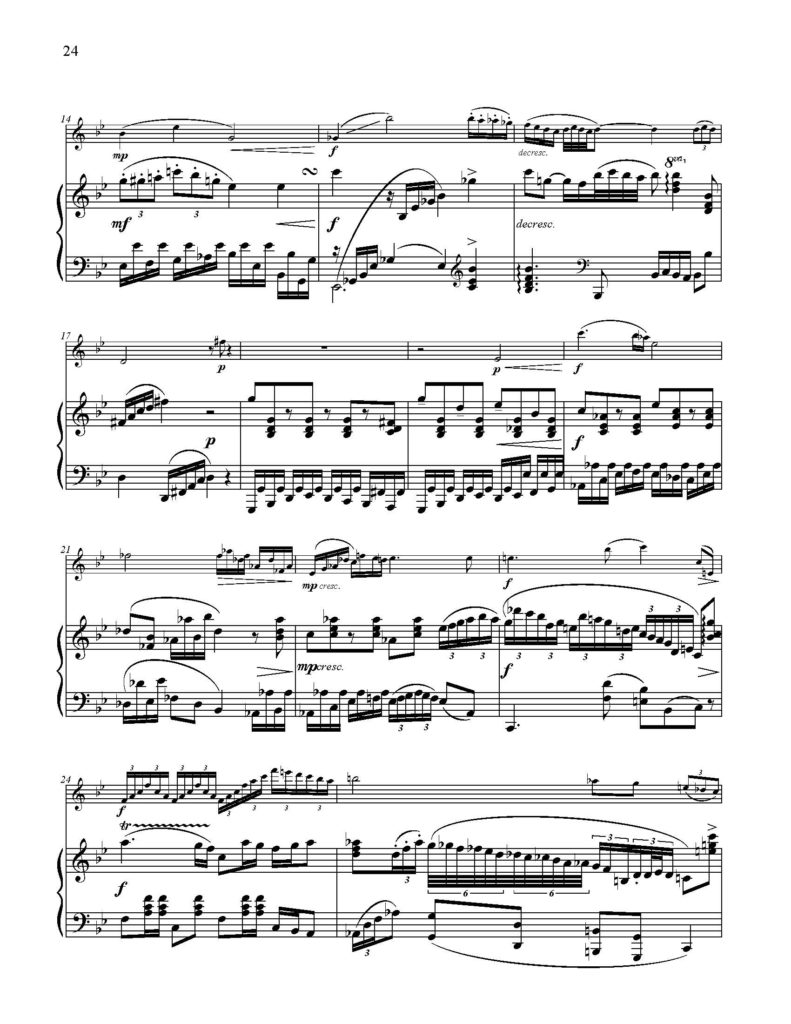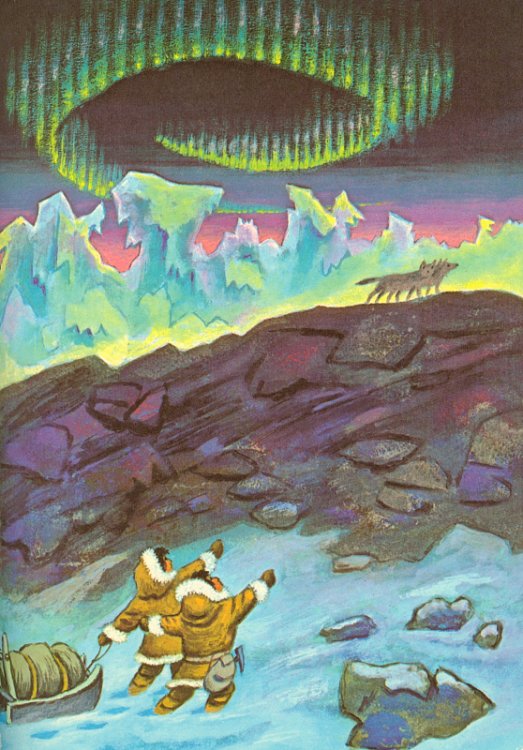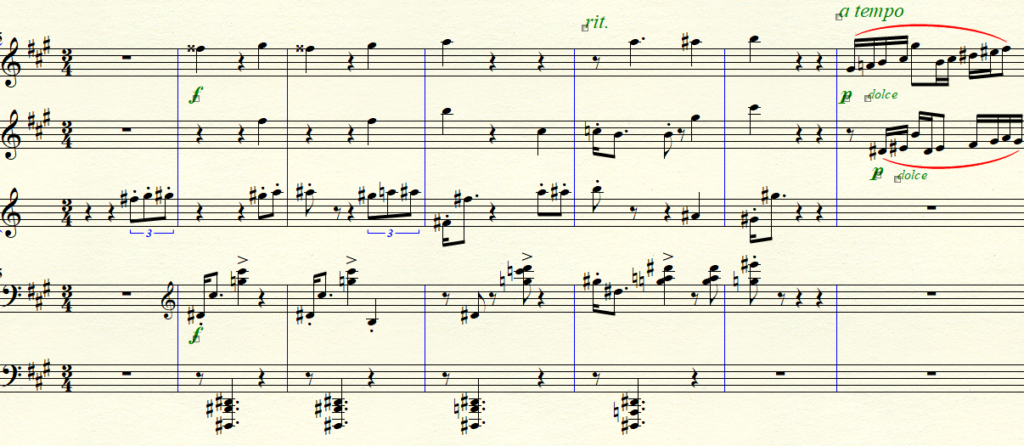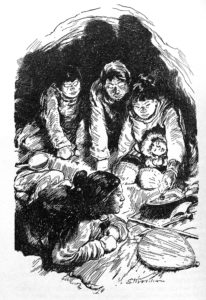The Armada
by Garrett Mattingly

The Meaning of Life: Perspectives from the World’s Great Intellectual Traditions
by Jay L. Garfield

Gandhi and India Trilogy
by Ramachandra Guha
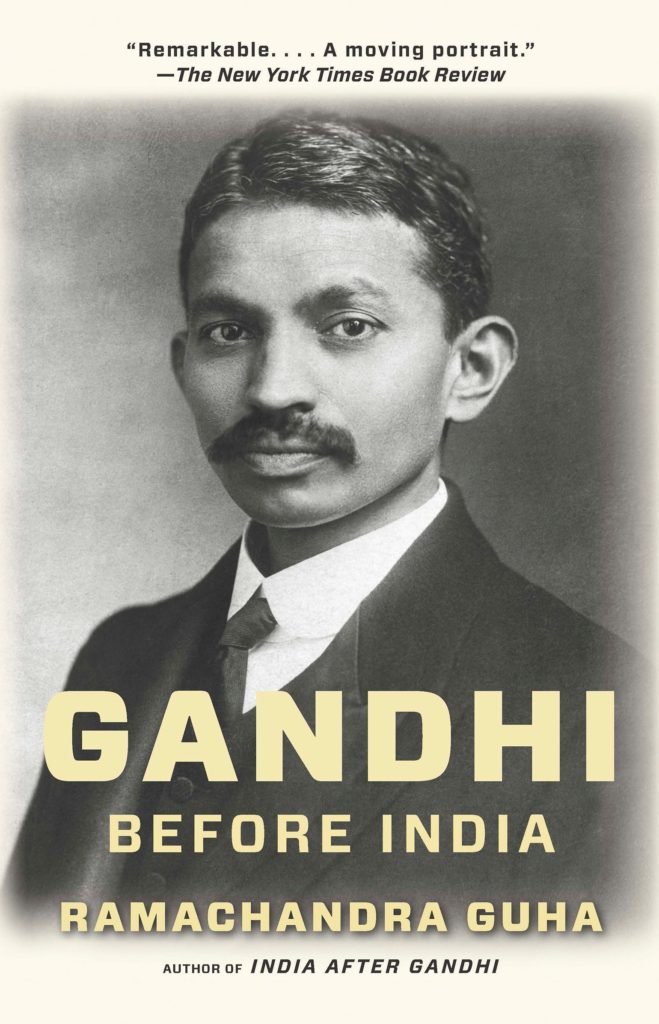
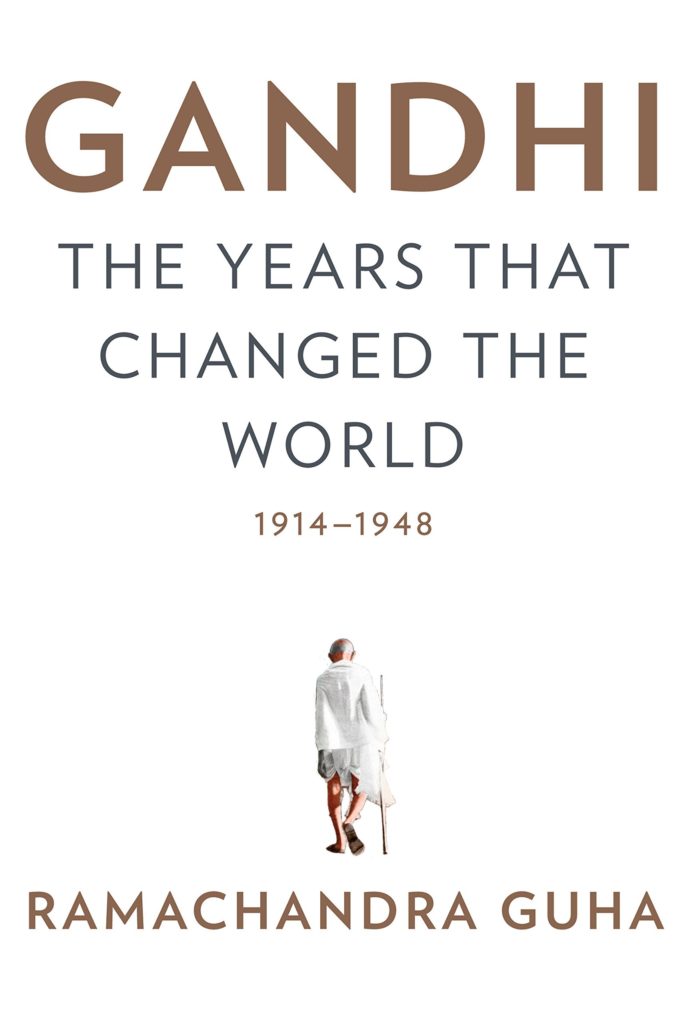

How the Earth Works
by Michael Wysession

Histories (The Persian Wars)
by Herodotus

The Devil’s Broker – Seeking Gold, God, and Glory in Fourteenth Century Italy
by Frances Stonor Saunders

The Great Hunger – Ireland 1845-1849
by Cecil Woodham-Smith

This book was so moving, it inspired me to make this series on the Irish potato famine:
The Reason Why – The Story of the Fatal Charge of the Light Brigade
by Cecil Woodham-Smith

The Cambridge Companion to Marx
edited by Terrell Carver

Unsettled – An Anthropology of the Jews
by Melvin Konner

The Crusades – The Authoritative History of the War for the Holy Land
by Thomas Asbridge

The Wars of the Roses – The Fall of the Plantagenets and the Rise of the Tudors
by Dan Jones
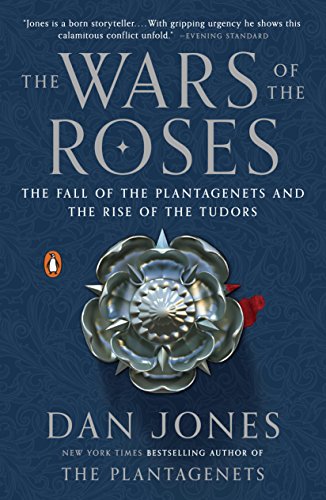
Battle Cry of Freedom: The Civil War Era
By James McPherson
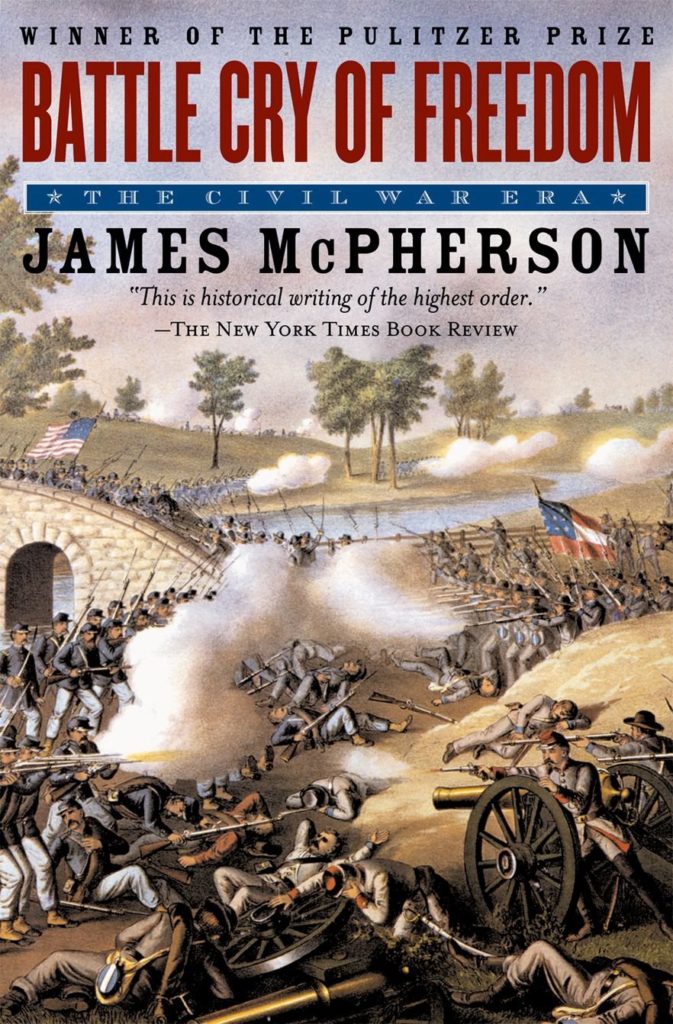
Great Ideas of Classical Physics
by Steven Pollock

Sapiens: A Brief History of Humankind
by Yuval Noah Harari

Main Currents of Marxism, Volume 2: The Golden Age
by Leszek Kołakowski

This book is a masterpiece of philosophical summary and deep-diving analysis. Kolakowski has an uncanny ability to break down and explain even the most complex philosophical arguments in a clear and concise manner. At times he plays the part of omniscient referee, diligently sorting the good ideas from the flawed ones. But never does he simply tell us that a writer’s theory is wrong; instead he identifies the holes in it and pries them open, exposes them to the light, lets the reader decide what to think.
In this book his main target is Leninism, a philosophical tradition absolutely bursting with contradiction and double-talk. Kolakowski’s even-handed tone and mind-bogglingly high level of erudition suggest that he did not intend to write a polemic against Leninism. But in the end Kolakowski’s even-handed philosophical critique of Leninism amounts to a withering indictment of Lenin’s method, his philosophical rigor, his honesty, and his contradictory actions once in power. Lenin is revealed to be a boor, a liar, a tyrant, a power-hungry despot. Kolakowski does not draw these conclusions explicitly, but instead allows the reader to do so. Perhaps Kolakowski is a masterful propagandist who possesses the ability to incept these opinions into the reader’s brain, but I don’t really believe that. Instead he just exposes various thinkers’ theories to the light, that’s all. This doesn’t mean Kolakowski is a constant critic; his analysis is so much more subtle and productive than that. If a theory has enough qualities to withstand the author’s scrutiny, it comes out stronger for it in the end. Kolakowski analyzes many Marxist ideas and traditions throughout his magnum opus, and a good portion of them – those based on sound reasoning, honest argumentation, and deep philosophical reflection – show their quality under Kolakowski’s scrutiny. It just turns out that when we shine this same light on Lenin’s theories, they wither, crack, and fall apart. They are revealed to be hollow and decrepit. (Oh dang I’m being too polemical again).
Kolakowski sees Lenin’s dismantling of Soviet democracy as the original sin of Bolshevism. Lenin’s critique of bourgeois democracy hinged on the notion that modern democracy is a sham: the propertied classes (who overwhelmingly benefit from capitalism and bourgeois law) trick the exploited masses into believing they are sovereign in order to pacify them and prevent revolution, though in reality the workers are largely disenfranchised. In other words, the masses are led by our culture, media, and propaganda (all of which is shaped by the ruling class) to believe in freedom, democracy, individualism, and the sanctity of private property, but all of that is a veil over their eyes that prevents them from noticing that they are slaves. This sentiment, borrowed wholesale from Marx, is compelling in itself. Here’s the sad irony: once in power Lenin banned all democratic expression (including dissent from the proletarians he claimed to speak for), imprisoned his political adversaries, and disallowed any political party but his own. A man who rose to power by arguing that only communism could bring authentic democracy to the masses turned out to be a despot who was so desperate to hold on to power that he fully and permanently disenfranchised the masses. To make it worse, while doing so he claimed that the new Soviet system was a more authentic form of democracy than a parliamentary system could ever be. Kolakowski punishes Lenin for this betrayal of his own principles, simply by laying out the actual actions Lenin took once in power. Turns out that listing Lenin’s achievements is enough to reveal his naked opportunism and staggering hypocrisy.
Kolakowski’s main argument, if one must be identified, is that Bolshevism did not deteriorate into totalitarianism because of Stalin (as is often argued, especially by Lenin sympathizers), but instead because totalitarianism was baked into Lenin’s philosophy from the start, despite all the noises he made about wanting to create a better democracy. Before he was even in power, Lenin fantasized about liquidating all his political opponents, using violent coercion to keep all dissenters in line, and dictating to the masses what was and was not in their best interest. He desired to create a new permanent elite (the communist party officials), but dressed it up as if he was actually abolishing all elites forever, as if his new elite would better represent the masses than could parliamentary democracy. Lenin described in detail his dream of conducting mass confiscations of all private land and surplus (see Lenin’s State and Revolution), and imagined that the bulk of the people would not only celebrate these actions but assist in the mass thievery. In reality, Lenin’s first economic policy of requisitioning “surplus” grain from peasants (or what the requisitioners considered to be surplus) led to widespread mistrust of Lenin’s new state, as well as bribery and coercion. The people did not want to give up their product to the state, and the officials in charge of snatching the goods were highly susceptible to bribes. Their only carrot for making the people obey was threat of force, and use of Lenin’s massive police state infrastructure. Meanwhile all political activity that did not “further the socialist revolution” was anathematized.
This was not Stalinism, but Lenin’s original ideas and policies, the tactics that he used when he (Lenin) was in charge. Modern lovers of Lenin argue that he truly fought for the good of the people, and that after his death it was Stalin who corrupted his ideas and policies, warping them into a totalitarian, violently repressive, hyper-bureaucratic police state. But Lenin was the true founder of Soviet totalitarianism. Kolakowski lays this bare without becoming overly angry in the process (something I would struggle with). In the end, his critique of Lenin is devastating, yet really he lets most of Lenin’s ill-conceived ideas and shameful policies speak for themselves.
Want more book recommendations? Go here.




